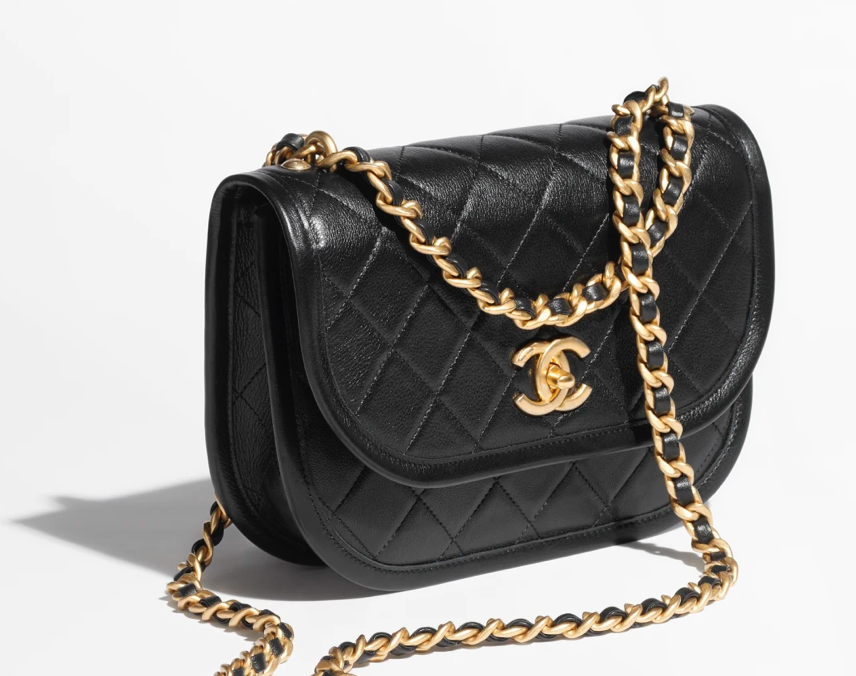BYD’s Electrifying Rise: A Race Against Titans in China’s EV Market
In the dynamic realm of electric vehicles (EVs), BYD (Build Your Dreams) has emerged as a formidable challenger, pitting itself against industry behemoths such as Tesla and Jeep.

In the dynamic realm of electric vehicles (EVs), BYD (Build Your Dreams) has emerged as a formidable challenger, pitting itself against industry behemoths such as Tesla and Jeep. As China accelerates its transition toward electrification, BYD’s strategic maneuvers are reshaping the automotive landscape.
From Battery Cells to Wheels: BYD’s Remarkable Odyssey
Founded in 2005, BYD initially specialized in rechargeable batteries for consumer electronics. However, visionary CEO Wang Chuanfu harbored loftier ambitions. He envisioned BYD as a pivotal player in the burgeoning electric vehicle sector. Despite initial skepticism, BYD rapidly ascended the manufacturing hierarchy, evolving from a battery OEM to a global EV powerhouse.
The Early Years: Trials and Triumphs
During the late 1990s and early 2000s, BYD established itself as a reputable battery supplier to major consumer electronics companies. This groundwork laid the foundation for its foray into the automotive domain. In 2003, BYD acquired a factory in Xi’an, signaling its transition from battery production to gasoline-powered vehicles. However, quality issues plagued the brand initially, tarnishing its reputation for unreliable cars.
BYD’s turning point arrived with the introduction of the F3DM, its inaugural plug-in hybrid vehicle, in 2008. The all-electric e6 followed suit in 2009. Notably, Warren Buffett’s $230 million investment in BYD not only provided financial backing but also elevated its global stature. Simultaneously, BYD intensified research and development efforts, focusing on iron-phosphate chemistry for batteries—a strategic move that culminated in the groundbreaking Blade battery in 2020.
Navigating China’s EV Landscape
China, the world’s largest EV market, experiences a seismic shift toward electrification. Sales of battery electric vehicles (BEVs) have surged, surpassing plug-in hybrids (PHEVs). BYD, already the world’s largest EV manufacturer, continues to consolidate its position:
- Product Portfolio: BYD ceased production of non-hybrid gasoline-powered vehicles in 2022, fully committing to EVs. The recently unveiled Ocean M electric car, showcased as a concept at the Beijing Motor Show, is slated for a Q3 2024 launch. Priced between approximately ¥150,000 and ¥200,000 (€19,300 to €25,800), the Ocean M aims to captivate Chinese consumers.
- Sales Surge: In 2022, BYD sold a staggering 1.8 million units, with projected sales for this year reaching 3 million. Notably, BYD BEVs and PHEVs dominated four of the top five best-selling spots in China.
- Global Expansion: BYD’s conquest extends beyond China, as it ventures into Brazil, solidifying its presence in the Global South. As other markets embrace EVs, BYD’s global footprint expands.
In conclusion, BYD’s journey mirrors China’s ascent within the global economy. As it races against Tesla and Jeep, BYD embodies innovation, resilience, and an unwavering commitment to sustainable mobility. The electric revolution is no longer a distant vision—it’s BYD’s tangible reality, and the world is keenly observing.



